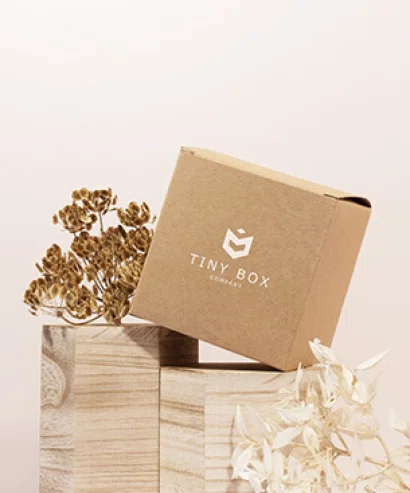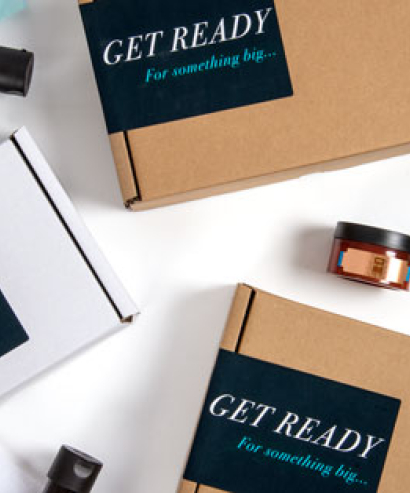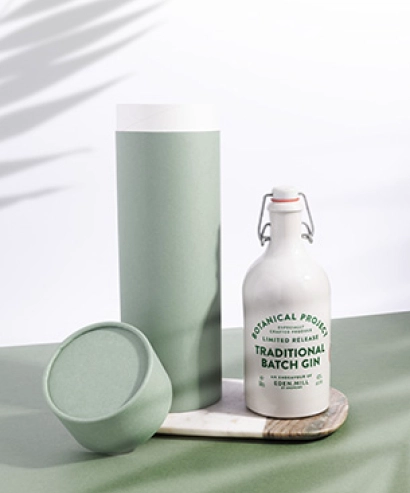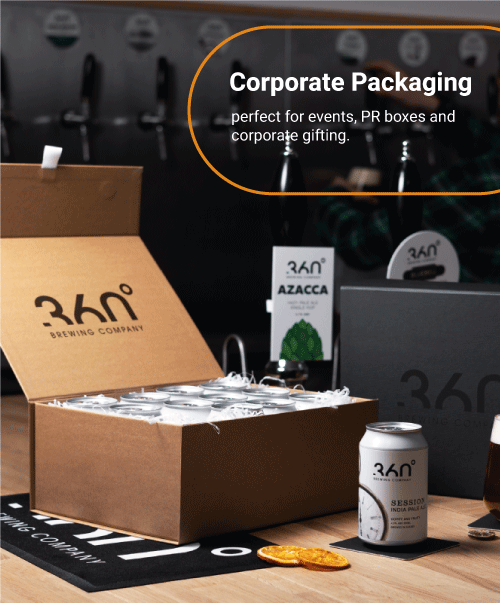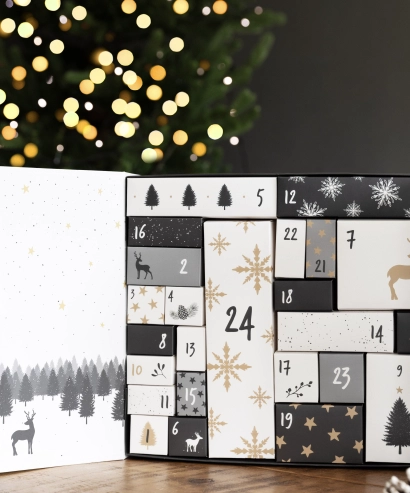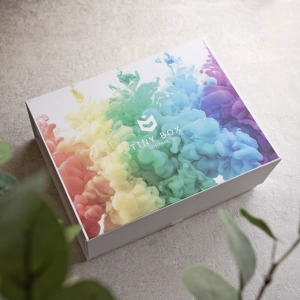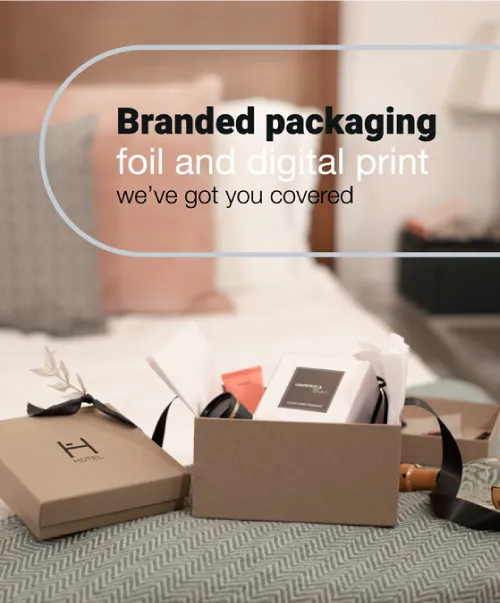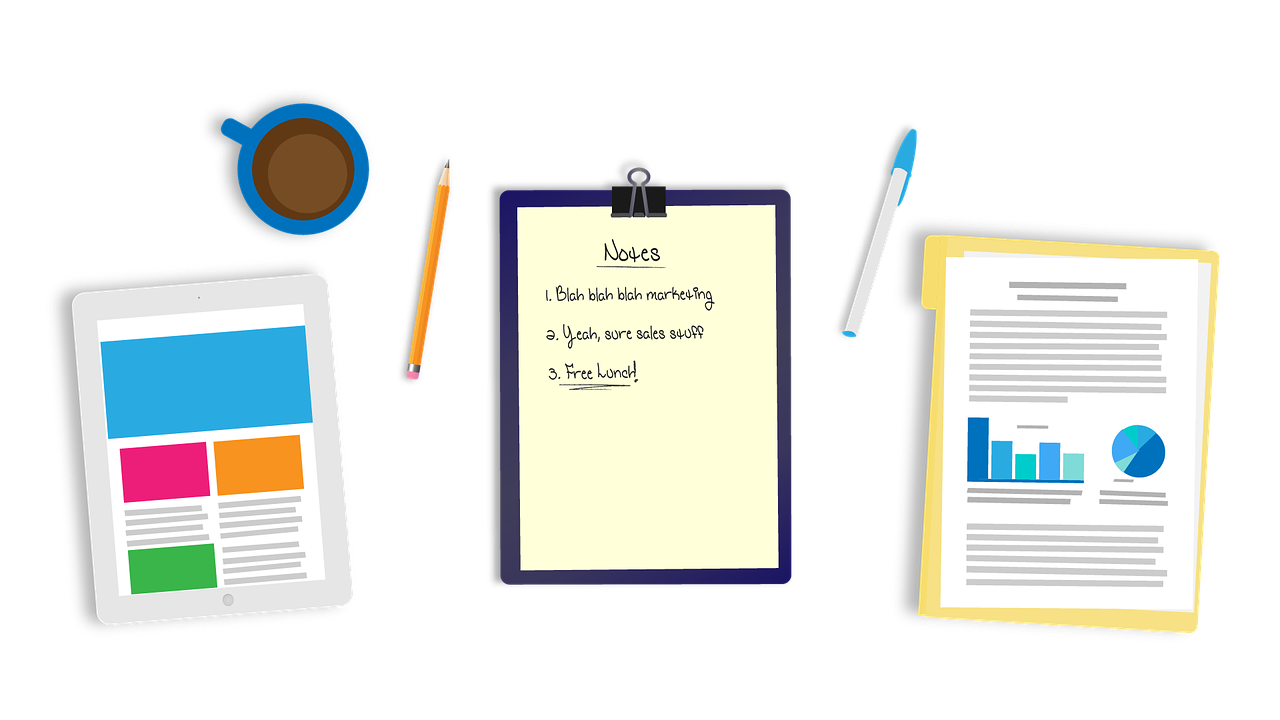
|
This article is a whopper! But I really hope it’s useful. I regularly speak to new business owners who have a great idea and have sold some products but they’re not really sure what to do next. Being a business owner can be lonely and if you don’t have a clear vision, you can find yourself flitting from task to task without really knowing why or what the end goal is. If you feel a bit lost, don’t panic – this article is for you. You’re not alone. Your business is as valid as the next person’s and there’s no reason why you shouldn’t be as successful. The words ‘business plan’ might fill you with fear and dread. So I’m not going to suggest you make one. But you do need some kind of plan. In this article, I list a handful of questions that you, as a business owner, need to ask yourself. Because if you don’t know where you’re going, there’s no way you can know how to get there. Finding the answers to these questions will help you gain focus and most importantly, structure. Somewhere down the line, this may form the basis of a business plan. But for now, get a pen or Microsoft Powerpoint, or whatever works for you - and let’s start thinking about the journey ahead.
What do I sell?This seems obvious but it’s helpful to summarise what your business sells in a sentence or two. This keeps you focused, prevents distractions and helps you to think about your marketing messages. Summarising what you sell enables you to be absolutely clear on your website and marketing material and also when you talk to potential customers.It is important to be clear about what you sell on your website, both for the customer and for Google. If you don’t say on your website what you offer, Google doesn’t know to show your website to those who are looking for products like yours.You can start with something simple like “[company name] provides high-quality wedding stationery. All of our stationery is hand-printed on recycled paper.” If you do get distracted and find a seemingly brilliant opportunity to sell, say, vegan pet food, think very carefully about how that’s going to fit in with your stationery brand. Is there a market for what I want to sell and who are my competitors?So, you sell printed t-shirts. We know there is a market for that but do look at your competitors. Who is successful? Who isn’t? What markets do they sell into? What are their channels and pricing strategies? What is unique about them? Throughout the lifespan of your business, you should continue to keep an eye on your competitors. You can be sure that they will be keeping an eye on you. If you sell something a bit more unusual then you need to research whether there is a market for what you’re selling. If it’s quite unusual, are there already big players saturating the market? Can you muscle in? I often recommend Neil Patel’s free keyword research app, Ubersuggest, for looking at search terms to include on company websites. However, it’s also able to tell you how many searches there are for keywords per month, so you’ll get an idea of how many people are looking for a product like yours. If there are only a few searches a month, you need to think about whether there is definitely demand for your product.
Which other business do I want mine to look like?You don’t have to aspire to be John Lewis to have an idea of what brands your business can relate to. Have a look at companies selling products that are similar to yours. Look at their message, who their audience is, what their brand looks like and the channels they sell through. You don’t have to copy them but you can draw inspiration and ideas from them.
What is my USP? Your unique selling point, or USP, is what differentiates you from your competition. Dan Shewan wrote a fabulous articleon writing a great USP that I highly recommend reading.Unless you operate within a really tight niche (Shewan uses the example of selling lion-taming equipment!), there will always be competition and so it’s really important that you define what is different about your business and that you communicate that clearly to your customers. It doesn’t have to be complicated; it might be your price, your location or the fact that all ofyour products are environmentally friendly. You may offer super-fast shipping or a no-quibble money-back guarantee. You may have years of experience or qualifications that set you apart from your competitors.Once you have found your USP, make that partof your offering and make sure that your customers understand what is unique about you when they are comparing you to your competition. Who is my ideal customer?Developing a clear understanding of your target audience is hugely important. Your targetaudience informs all elements of yourcommunication. You worry about narrowing your audience down, as you don’t want to eliminate potential customers. However, it is unlikely that everyone will buy your products so it is better to understand how to communicate with people who will buy from you and discover where to find them.You may find that you have two or three audiences to target but you shouldn’t really have more than this. Find out their age, gender, what social media they use, which celebrities and sports teams they follow and what brands they like. There are many ways to do this: use Google Analytics, stalk them on social media, use your social media analytics –and talk to people. I’m a big fan of short questionnaires. Try creating a short questionnaire and asking your customers to complete it in exchange for a discount on their next purchase. If you don’t yet have customers, talk to friends and family. Find out who would buy your products and who wouldn’t. Dig deep into their likes and dislikes and who and what they identify with. The only problem with using people close to you is that they might not be 100% honest –but it’s a really good start. Involving other people in your business can be nerve-wracking because of fear of judgement, but it’s important to ensure that you’re not making assumptions. Who will sell my products?You probably already know this but when you ask yourself this question, you may realise that there are more opportunities than you first thought. Or if you are intending to purely sell online, you can focus your efforts on your online sales. How do i plan to get customers?Once you’ve figured out how to sell your products or services, you then need to work out how you are going to bring people to that place. Do you need to invest in SEO or online advertising? Are you going to cold call? If you’re a local business, are you going to engage in networking or a local marketing campaign?Ideally, you will create some kind of marketing plan but at the very least, you need to work out how you are going to promote your business -and you should allocate some time every day to your marketing.
How will i fund and grow my business?This question just expands a little on the previous question. As with some ofthe other questions, this one can seem daunting. You may not even plan to grow your company but just take on a finite amount of business. But if you do plan to expand, it is good to start with an idea of how this might happen. Might you be eligible for grants? Would you consider looking for investment at any point? Or do you plan to grow it purely organically from the profit you make on sales? If you think you might be able to source external funding, think about where this funding might come from and justas importantly, what you would use this money for? Where do I want my business to be in 5 years’ time?OK, this might seem like a scary question. I don’t know where my business is going to be! I don’t know if people will like my products! I might fail! I’m just trying this to see if it works! I don’t know how to forecast! That’s all fine. But there are questions you can ask yourself. Do you ever plan to employ people? If you are a lone clothes or jewellery designer, perhaps not; or you might envisagea team of designers working for you. Ask yourself if you’ll always work from where you currentlyare or whether you want to move to another premises.Then do some rough financials and think about the previous question regarding funding your business. You don’t have to have grasped the ins and outs of forecasting, but start working out what you might need to do to work towards these things. How many products do you have to sell to get a part time assistant? How much can you afford to spend on advertising? Again, this will help with focus and direction and give you some idea of how long it might take you to get to where you want to be.
 SWOT analysisThis is the final task and it’s a good one. It involves examining your business’s strengths, weaknesses, opportunities and threats. If your business is already operating, a SWOT analysis can help you assess your current position, as it forces you to really look at your business and figure out what’s working well and what isn’t. You look at how to build on your strengths, how you can chase any opportunities, what you can do about your weaknesses and how to minimise the impact of threats.This involves brainstorming and so if you have other people in the business, you should try and include people from every function to work on this task. Including key people gives you a 3D view of the ins and outs of your company. This process requires you to compare yourself to your competitors so you will use the knowledge you have gained about your competition and your market.
You make yourself a little grid like so:
The folks at Mind Tools wrote a really good article that goes into more detail about a SWOT analysis. I have given examples of what you might put under each heading so hopefully, the table are self-explanatory. Do take time over your SWOT and try to be honest with yourself. If you’re not sure what you do well, ask other people. Knowing what you’re good at gives you an advantage over the competition.
Start planningThis exercise will only work if you write everything down in a format that you can keep referring back to. If you’re anything like me and tend to write illegible notes in a pad that gets covered in coffee rings – don’t! How you answer these questions will inform your actions going forward. This is a working document and you can add to it as you go. You can – and probably will – change direction a number of times to a greater or lesser extent. But the important thing is to keep focused and to keep working with some kind of plan. Remember that you can’t have a journey without a destination in mind.
Wanting more after this blog? Why not sign up for one of our FREE 1-1 business or marketing consultations with Tiny Box Clinic?
|




